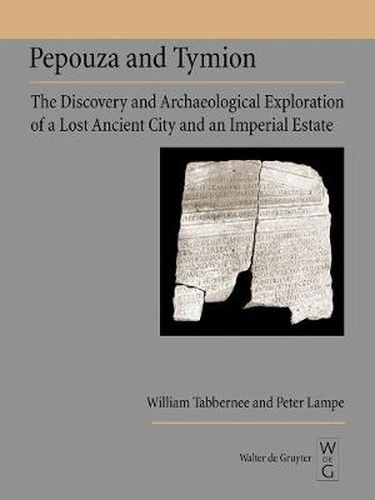Readings Newsletter
Become a Readings Member to make your shopping experience even easier.
Sign in or sign up for free!
You’re not far away from qualifying for FREE standard shipping within Australia
You’ve qualified for FREE standard shipping within Australia
The cart is loading…






Early Christianity varied in appearance as much as the geography and terrain of the ancient Middle East. Often variety became pitted against orthodoxy. Montanism, or the New Prophecy, was founded by a Phrygian named Montanus along with two ecstatic prophetesses, Maximilla and Priscilla. Even the North African Church Father Tertullian was a supporter of the New Prophecy movement. The Montanist variety of Christianity, however, soon fell into disfavor by those later deemed orthodox , also because women played an influential role in this movement. Today we know about Montanism only partially and that mainly from the writings of its Christian rivals. One tenet of Montanism was the belief that the New Jerusalem would descend from heaven at a remote location in Phrygia near Tymion and Pepouza, Montanism’s most holy city.
In 2000, an international team of archaeologists and historians discovered in the Ulubey Canyon the centuries-lost site of Pepouza as well as an inscription mentioning Tymion. The discovery team was led by William Tabbernee (Phillips Theological Seminary, Tulsa, USA). Peter Lampe (University of Heidelberg, Germany) designed and directed the archaeological field campaigns held in the following years, in the course of which Tymion (at Sukraniye) and other settlements were discovered. Compelling archaeological, epigraphic, and historical evidence is recorded in this extraordinary volume. The chapters are in English, German, and Turkish and contain illustrations, maps, photographs, an extensive bibliography, and an index.
$9.00 standard shipping within Australia
FREE standard shipping within Australia for orders over $100.00
Express & International shipping calculated at checkout
Early Christianity varied in appearance as much as the geography and terrain of the ancient Middle East. Often variety became pitted against orthodoxy. Montanism, or the New Prophecy, was founded by a Phrygian named Montanus along with two ecstatic prophetesses, Maximilla and Priscilla. Even the North African Church Father Tertullian was a supporter of the New Prophecy movement. The Montanist variety of Christianity, however, soon fell into disfavor by those later deemed orthodox , also because women played an influential role in this movement. Today we know about Montanism only partially and that mainly from the writings of its Christian rivals. One tenet of Montanism was the belief that the New Jerusalem would descend from heaven at a remote location in Phrygia near Tymion and Pepouza, Montanism’s most holy city.
In 2000, an international team of archaeologists and historians discovered in the Ulubey Canyon the centuries-lost site of Pepouza as well as an inscription mentioning Tymion. The discovery team was led by William Tabbernee (Phillips Theological Seminary, Tulsa, USA). Peter Lampe (University of Heidelberg, Germany) designed and directed the archaeological field campaigns held in the following years, in the course of which Tymion (at Sukraniye) and other settlements were discovered. Compelling archaeological, epigraphic, and historical evidence is recorded in this extraordinary volume. The chapters are in English, German, and Turkish and contain illustrations, maps, photographs, an extensive bibliography, and an index.